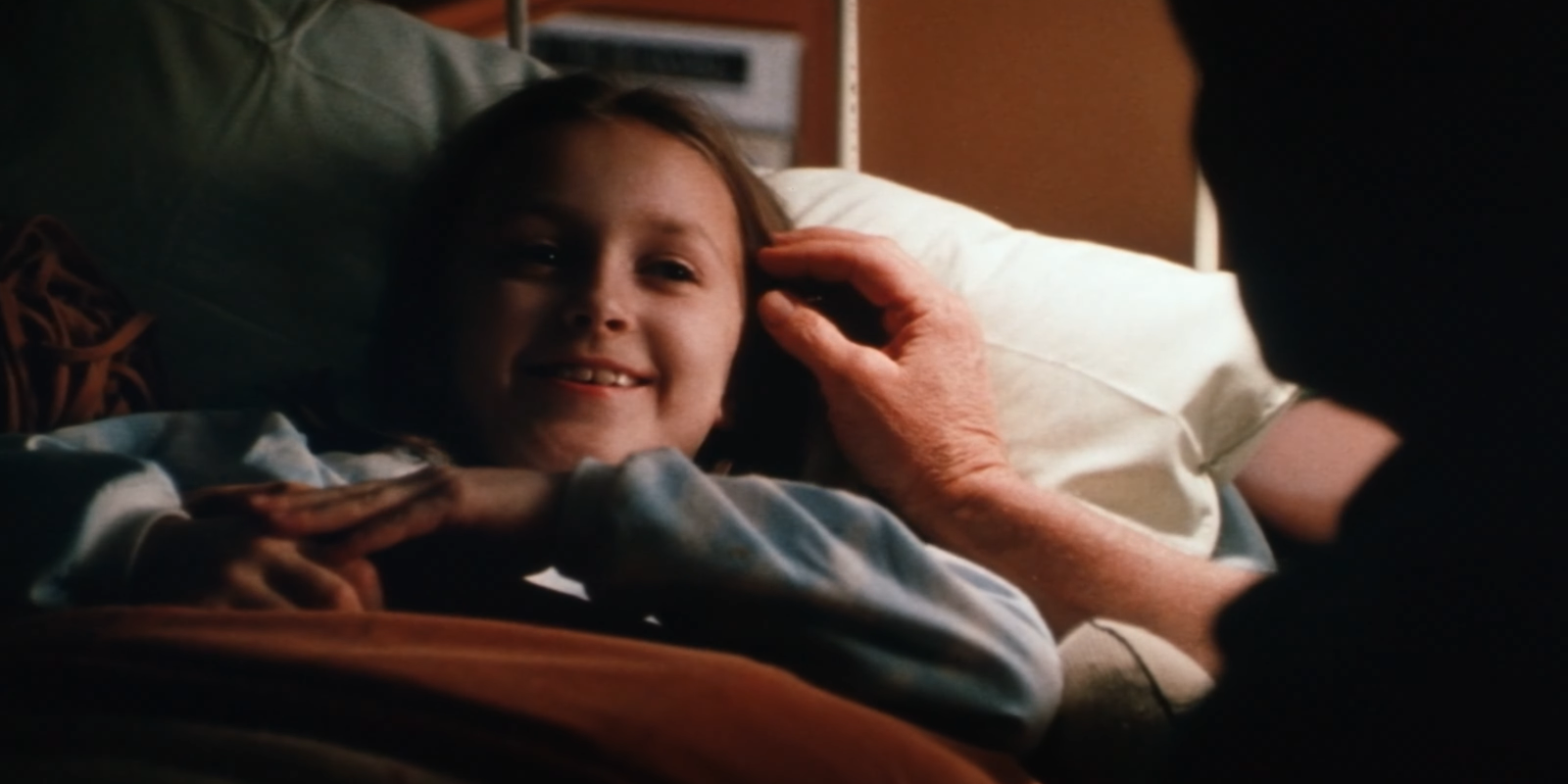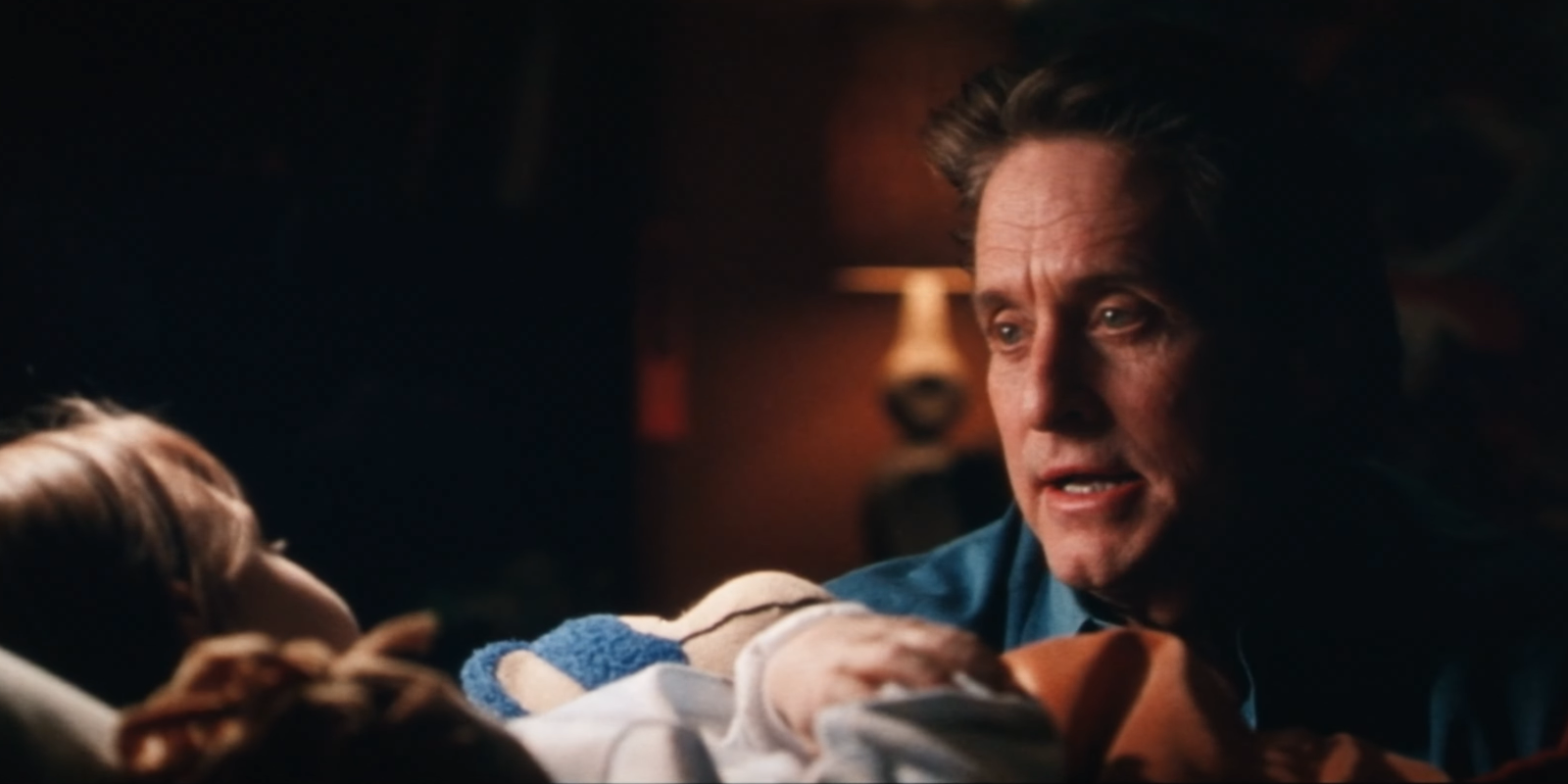Directed by Gary Fleder, ‘Don’t Say a Word’ is a mysterious tale of deception, secrecy, and coercion that is narrated through the experiences of Nathan Conrad, a child psychiatrist working in Manhattan. In 1991, a gang of thieves rob a unique gem worth ten million dollars. However, the gang leader, Patrick Koster, is betrayed by some members of the team, who take the gem away. After a decade, the leader comes up with a dangerous plan to retrieve the stolen gem. Nathan, who lives with his wife Aggie and daughter Jessie, is assigned to the treatment of a young girl named Elisabeth Burrows, who is known to be experiencing disturbance and trauma.
Patrick shockingly kidnaps Jessie and demands that the psychiatrist somehow get his new patient, Elisabeth, to give away a six-digit number, which will likely reveal the location of the long-lost valuable gem. This puts the doctor in a tough spot as he must find a way to break into the disturbed mental space of the patient, while also trying to keep his daughter alive. The 2001 psychological thriller film deals with the themes of family, mental health, secrecy, and survival poignantly.
Don’t Say a Word Comments on Trauma and Mental Health
Written by Anthony Peckham and Patrick Smith Kelly, ‘Don’t Say a Word’ is based on the novel of the same name by Andrew Klavan. While it is a thriller based on deception and secrecy, one of the main themes of the narrative is the element of mental health. Elisabeth is a complex and layered character whose mental health becomes a subject of investigation. Patrick wishes to target her for her vulnerability, which is why he forcibly hires Nathan to retrieve the information. Elisabeth deals with Post-traumatic stress disorder (PTSD), which makes her life difficult. PTSD is a mental health condition that affects individuals who have been part of traumatic events in the past. Due to their experiences dealing with instances such as accidents, witnessing a death, being a hostage, and so on, they find it difficult to cope with the anxiety and trauma related to such incidents.

This leads to them experiencing nightmares or troubling visions that make their lives complex. Elisabeth’s challenges arise from her trauma, which seemingly makes her a vulnerable target for mental exploitation. Though the film’s plot is more action-packed, it sensitively handles the depiction of mental health issues. Though creative liberties are taken in the narrative, it still provides a grounded portrayal of mental health. The relationship between Elisabeth and Nathan is an important part and a core emotional aspect of the story. Despite the two characters being fictional, their character arcs reflect the reality of how doctors and patients communicate. Reportedly, exposure to adversity and trauma, particularly in childhood, can increase an individual’s susceptibility to developing PTSD.
Certain biological and social factors, along with traumatic experiences, are believed to contribute to this increased likelihood. While Nathan is forced to extract information from Elisabeth, he must also face the reality of being a doctor. PTSD is not an easy issue to handle, and may manifest in different ways. Though Elisabeth’s journey is fictional, it reflects the reality faced by people diagnosed with the disorder, especially in stressful situations.
The Film Takes Creative Inspiration From Various Sources
While the film is based on Andrew Klavan’s aforementioned novel, it adds a cinematic touch to the story, making it a different experience. In the novel, a renowned adolescent psychiatrist’s life is upended when he suddenly finds himself dealing with a unique situation. He realizes that he has to battle against the odds and race against time in order to ensure the safety of his daughter, who has been abducted. This forces him to somehow extract information from his pro bono patient, who happens to be an eighteen-year-old beautiful girl, who is also catatonic and unpredictable. The main plot of the movie and the novel are similar, but the former takes a deep dive into the intertwining world of mental health and crime, while adding a cinematic touch.

Director Gary Fleder opined that the film is a classic Hitchcock fable. The tonality of the film and the narrative styles most likely originate from the director’s observation of the works of the famous filmmaker. Famke Janssen, who plays Aggie in the film, opined that the movie shows the audience a very close-knit family. The idea of family plays an important thematic role in the story, making the emotions feel realistic and grounded. The actress also said that she wanted her character to feel very human. Thus, the film takes inspiration from these sources, which play a role in the plot, the tone, and the development of character arcs.
Read More: Is The Little Girl Who Lived a True Story?


